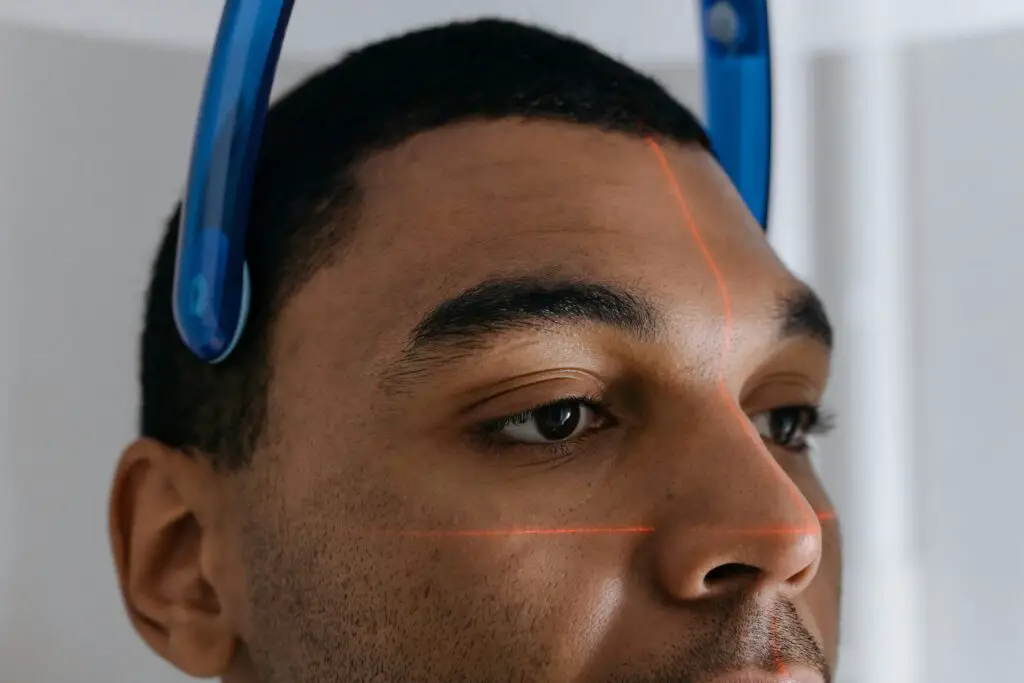1. The Telephone – Antonio Meucci

Antonio Meucci, an Italian inventor, is often credited as the true creator of the telephone. In the mid-19th century, Meucci developed a voice communication device, which he called the “telettrofono,” and even demonstrated its potential. Unfortunately, financial struggles prevented him from securing a full patent, leaving his invention vulnerable. In 1876, Alexander Graham Bell patented the telephone, earning him worldwide recognition and wealth, while Meucci’s contributions were largely overlooked for decades shares the Library of Congress.
Meucci’s story is a classic case of an inventor’s brilliance overshadowed by circumstances and timing. It wasn’t until 2002 that the U.S. Congress acknowledged Meucci’s pioneering work, but by then, Bell’s legacy was firmly cemented. This episode serves as a stark reminder of how innovation can be lost to bureaucracy and financial hardship adds Accenti Magazine.
2. The Lightbulb – Joseph Swan

Thomas Edison is often celebrated as the father of the lightbulb, but British physicist Joseph Swan actually developed an early version of it around the same time. Swan’s incandescent light was functional and even installed in some homes before Edison’s designs took the spotlight. Swan faced similar patent battles and eventually merged efforts with Edison, but Edison’s aggressive marketing and business tactics overshadowed Swan’s contributions shares the National Museum of Natural History.
Swan’s lightbulb was crucial in laying the groundwork for electric lighting, yet Edison’s name became synonymous with the invention. The partnership between Swan and Edison softened the blow, but Swan never received the same level of fame or fortune, highlighting the harsh realities inventors often face when battling industrial titans says Britannica.
3. The Radio – Nikola Tesla

Nikola Tesla, a visionary inventor, had groundbreaking ideas about wireless communication in the late 19th and early 20th centuries. Tesla demonstrated wireless radio waves before Guglielmo Marconi, who is commonly credited with inventing the radio. Tesla’s patents covered key technologies used in radio transmission, but Marconi’s success in commercializing the technology overshadowed Tesla’s earlier work.
The battle over radio patents raged for years, with Tesla’s contributions recognized posthumously. In 1943, the U.S. Supreme Court acknowledged Tesla’s patents, but the victory was hollow, as Tesla had already passed away, leaving Marconi’s legacy intact. Tesla’s experience underscores how pioneering work can be eclipsed by those who excel at commercialization.
4. The Airplane – Gustave Whitehead

The Wright brothers are hailed as the pioneers of powered flight, but Gustave Whitehead, a German-American inventor, may have flown before them. Reports suggest Whitehead achieved sustained powered flight in 1901, two years before the Wrights’ famous Kitty Hawk flight. Eyewitness accounts and some historical documents support Whitehead’s claims, but skepticism and lack of concrete evidence kept his story in the shadows.
Whitehead’s case is a fascinating “what if” scenario in aviation history. If Whitehead’s achievements had been verified and widely accepted, the Wright brothers’ narrative might look very different today. His tale serves as a bittersweet reminder of how historical records and public perception shape the legacy of inventors.
5. The Mechanical Calculator – Blaise Pascal

In 1642, Blaise Pascal invented one of the first mechanical calculators, known as the Pascaline, to help his father with tax calculations. While Pascal’s invention was innovative for its time, it was later overshadowed by Gottfried Wilhelm Leibniz, who developed an improved version of the calculator. Leibniz expanded on Pascal’s concept, adding multiplication and division features, which garnered more attention and historical credit.
Pascal’s early work laid the foundation for automated computation, but the limelight shifted to Leibniz, whose enhancements made the calculator more practical. Pascal’s contribution often slips through the cracks of history, yet his ingenuity in the field of mechanical computation set important precedents for future developments.
6. The Solar Cell – Charles Fritts

In 1883, Charles Fritts created the first solar cell by coating selenium with a thin layer of gold to convert sunlight into electricity. His invention marked the birth of photovoltaic technology, but the cell was incredibly inefficient, converting only about 1% of sunlight into energy. It wasn’t until the 1950s that Bell Labs developed silicon-based solar cells with significantly higher efficiency, propelling the technology into the mainstream.
Fritts’ early solar cell concept was revolutionary, yet his work didn’t receive the recognition it deserved. The advancements made by Bell Labs eclipsed Fritts’ pioneering efforts, but without his initial breakthrough, solar power might not have evolved as rapidly as it did.
7. The Kevlar Fiber – Stephanie Kwolek

Stephanie Kwolek, a chemist at DuPont, invented Kevlar in 1965 while researching lightweight materials for tires. Kevlar’s strength and heat resistance made it ideal for applications like bulletproof vests and aerospace components. Kwolek’s groundbreaking work was initially underappreciated in an industry dominated by men, but she persevered, and Kevlar became a critical material in safety and defense industries.
Despite its massive success, much of the credit for Kevlar’s impact often bypasses Kwolek’s name. Her invention has saved countless lives, yet Kwolek remained relatively unsung outside scientific circles. Her story exemplifies how societal biases can eclipse even the most transformative inventions.
8. The Graphical User Interface (GUI) – Douglas Engelbart

Douglas Engelbart pioneered the graphical user interface (GUI) and the computer mouse in the 1960s, aiming to make computers more user-friendly. Engelbart’s work laid the foundation for modern computing interfaces, but Xerox PARC later adopted and refined GUI concepts. Apple famously popularized the GUI with the Macintosh in 1984, giving Steve Jobs and his team the spotlight.
Engelbart’s contributions were revolutionary, but Xerox and Apple capitalized on the idea more effectively. While Engelbart received accolades later in life, the GUI’s association with Apple has overshadowed Engelbart’s visionary work, illustrating how innovation often becomes tied to successful marketing rather than original invention.
9. The Laser – Theodore Maiman

The laser, now a staple in medicine, communications, and entertainment, was first successfully demonstrated by Theodore Maiman in 1960. Maiman built the first working laser using a synthetic ruby crystal, a significant leap from theoretical concepts developed by scientists like Charles Townes and Arthur Schawlow. However, the scientific community often credits Townes and Schawlow as the fathers of the laser due to their theoretical groundwork.
Maiman’s achievement was groundbreaking, yet recognition largely eluded him in the early years. The laser’s commercialization and widespread use are partly due to Maiman’s work, but the overshadowing by theoretical pioneers emphasizes how practical implementation often gets overlooked in favor of theoretical contributions.
10. The Post-it Note – Spencer Silver and Art Fry

Spencer Silver, a scientist at 3M, invented a unique low-tack adhesive in 1968, but the invention sat unused for years. It wasn’t until Art Fry, another 3M employee, found a practical use for the adhesive in creating bookmarks that could stick without damage that the Post-it Note was born. Despite Silver’s initial invention, Fry and 3M took the credit for the product’s success when it launched in 1980.
Silver’s adhesive was a technological marvel, but it was Fry’s application that made it a commercial hit. The Post-it Note’s popularity often credits Fry and 3M’s marketing strategy, sidelining Silver’s essential role. This case shows how innovation and application are both crucial to an invention’s legacy.
11. The Air Conditioning – Willis Carrier

Willis Carrier invented modern air conditioning in 1902 to control humidity in a printing plant, vastly improving industrial processes. While Carrier’s invention transformed industries and later homes, a man named Alfred Wolff had experimented with similar cooling technologies earlier. Wolff’s work, however, was rudimentary and didn’t evolve into the practical systems Carrier developed.
Carrier’s design revolutionized climate control and had a lasting impact on global industry and lifestyle. Wolff’s early contributions are a footnote in history, overshadowed by Carrier’s successful innovation and its far-reaching influence, underscoring how incremental advancements often go unnoticed.
12. The Electric Battery – Alessandro Volta

Alessandro Volta is credited with inventing the first electric battery in 1800, known as the voltaic pile. However, Italian scientist Luigi Galvani discovered bioelectricity in the 1780s, laying the groundwork for Volta’s work. Volta capitalized on Galvani’s findings, enhancing and patenting the battery, while Galvani’s contributions faded into obscurity.
Volta’s battery was a leap forward, enabling countless technological advances, but it came at the cost of Galvani’s legacy. This scenario exemplifies how scientific credit is often shaped by who successfully markets or patents an idea, rather than who laid its foundation.
13. The Computer – Charles Babbage

Charles Babbage conceptualized the first mechanical computer, the Analytical Engine, in the 1830s. His design included most elements of modern computers, yet Babbage never completed a full working model due to technological limitations and funding issues. Decades later, computers as we know them were developed by Alan Turing and others, who received the lion’s share of credit.
Babbage’s visionary work set the stage for the digital revolution, but his inability to complete the project and the technological constraints of his era left his legacy as a brilliant but tragic figure in computing history.
